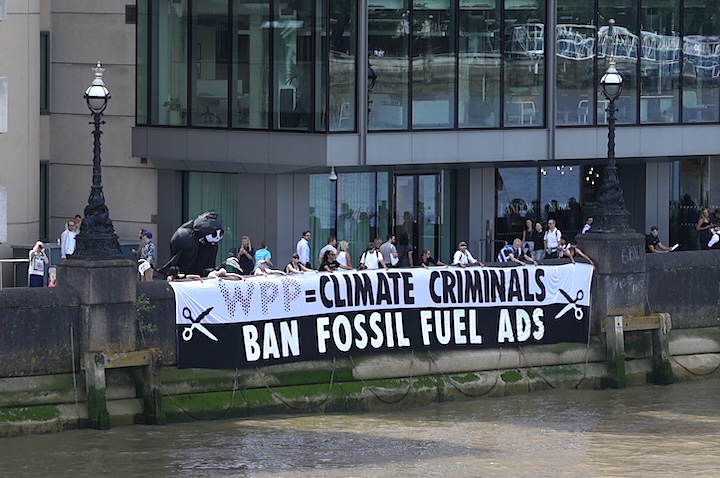The gas industry received a blow yesterday when the nonprofit group Physicians, Scientists & Engineers for Healthy Energy (PSE) released a joint statement by Professors Anthony Ingraffea and Robert Howarth of Cornell University. According to the release the EPA’s new emissions standards for methane and volatile organics from shale gas development “must be considered to little, too late” given the urgent need to reduce global levels of greenhouse gas (GHG) emissions.
“Despite the new regulations, shale gas methane emissions will remain significant, with the estimates of EPA (2011) and Howarth et al. (2011) indicating a likely leakage of 2.5 – 3.9 percent of the amount of methane produced over the lifetime of a shale-gas well, and possibly as high as 6 percent,” the statement reads.
Howarth and Ingraffea add that recent scientific studies stress the urgent need to reduce methane emissions globally. Without immediate changes to our emissions regime we are heading towards “critical changes in the Earth’s climate system such as huge increases in release of methane stored in arctic permafrost, leading to greatly accelerated global warming – within the next 15 to 40 years.”“These ongoing emissions result from chronic leakages at the well site as well as chronic leakages and purposeful venting associated with gas storage, transmission through high-pressure pipeline, and distribution to consumers.”
Subscribe to our newsletter
Stay up to date with DeSmog news and alerts







